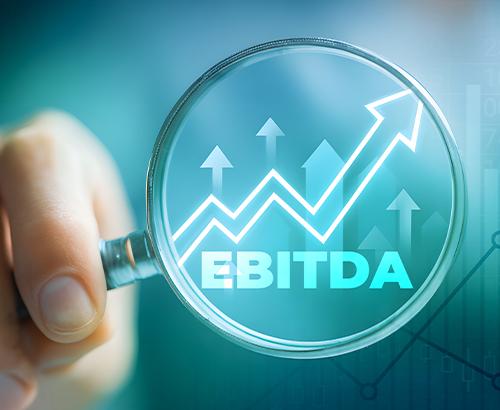Unlocking High-Value Opportunities in the EV Charging Market
The EV charging market is entering a major growth phase as adoption rises and the industry focuses on reliability and scale. Investors are targeting companies that combine technology, field services and recurring revenue, creating strong opportunities across the charging value chain.
Read More








